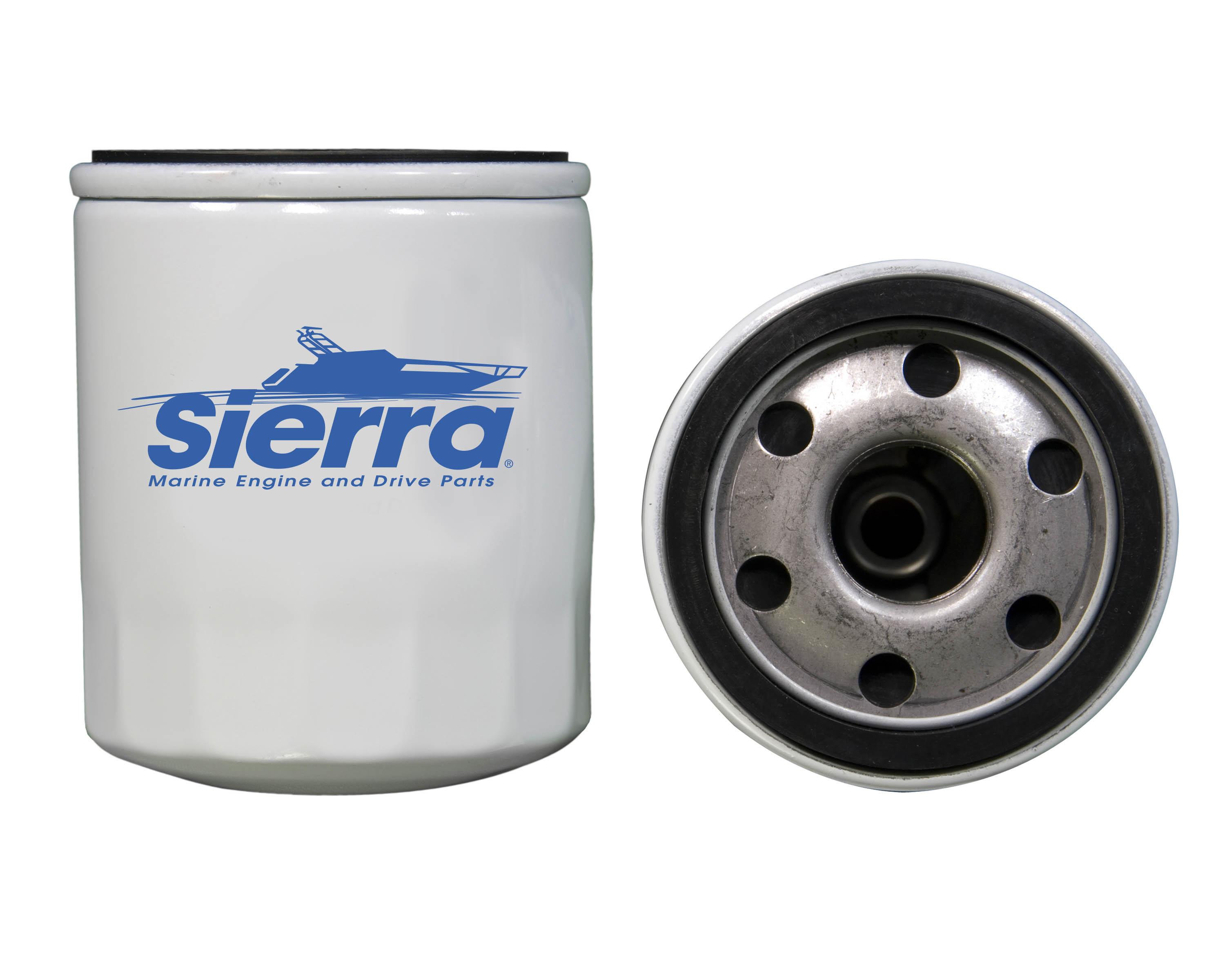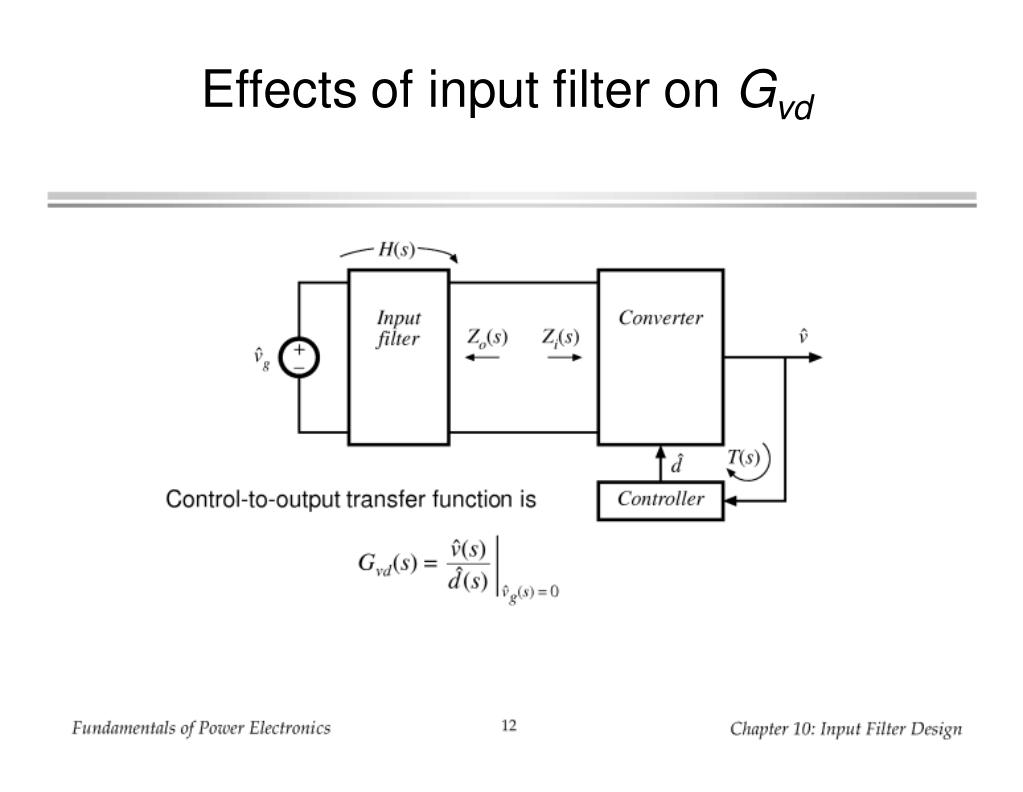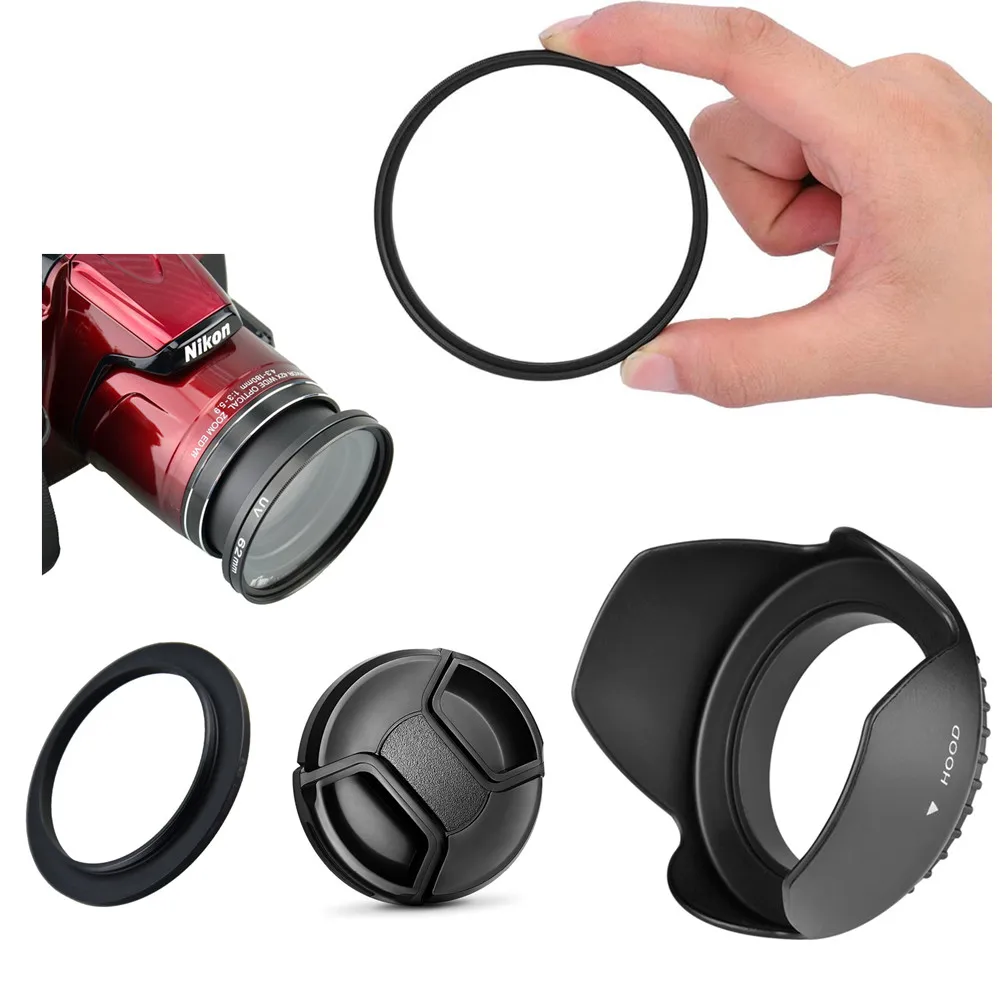

- #Svc filter designer generator
- #Svc filter designer serial
- #Svc filter designer full
- #Svc filter designer software
A simple SPI interface is used to write data to the screen. The touchscreen used in this lab is a standard 320x240 resolution resistive touchscreen.

The user drawn transfer function occurs on a resistive touchscreen, the PiTFT from adafruit. In this way interrupts only take cycles time away from the executing program when it is absolutely necessary. These timers are turned on at the same place the ADC channel is set to AN0. They are contained within timer 2 and timer 3 match interrupts respectively. The ADC input and DAC output occur at the Nyquist rate of whatever input frequency the user selects from a list. AN0 is not set at the ADC channel until it is time for convolution to take place inside the state machine. Namely, AN5 (port pin RB3) and AN11 (port pin RB13) to read the Y and X axis of the touchscreen respectively, as well as AN0 (port pin RA0) for the signal input. A schematic of the whole system is in the Appendix following the report.
#Svc filter designer generator
During the creation of this project a sinusoidal input from a signal generator is used as the input to the system, and an oscilloscope is used to measure the DAC output. The DAC outputs an analog signal representation the filtered input.
#Svc filter designer serial
The filtered signal is then output as a 12-bit number to the MCP4822 digital to analog converter (DAC) over a serial peripheral interface (SPI). A signal is input to the PIC through a 10-bit analog to digital converter (ADC) internal to the PIC32.
#Svc filter designer software
Thus, in terms of hardware and software tradeoffs, computational speed and execution time is sacrificed for greater modularity.Īs will all the labs in this course, the PIC32 acts as the logical backbone for the entire system. The choice to filter in software, which is more computationally intensive, allows for greater flexibility for the user to determine exactly how they want to filter their input. However, this requires the user to know a priori exactly what type of frequencies need to be filtered. Theoretically, all signals can be filtered in hardware. The main tradeoff in this project between hardware and software is the debate between digital and analog filtering. Once the coefficients have been generated, the input signal will be convolved in real time to produce the output. At this point, the chosen algorithm will begin to run in order to generate the filter coefficients corresponding to the drawn frequency response. Next, they draw the desired transfer function on the touch screen. After that, they can set the sampling rate and maximum amplitude of the transfer function plot that will be displayed on the touch screen. First, the user decides whether or not they would like to use the Parks-McClellan algorithm or the Frequency Sampling Algorithm to design their FIR filter. Logic StructureĪ high level block diagram that describes the logical structure of the project is shown below.Įssentially, the logical flow of the program is as follows. The creators of this project also believed that this would be a fun and challenging project, and decided to undertake it. The source for this project idea was Bruce Land, who thought that it would be a good idea to make a project that allowed users to specify arbitrary filter transfer functions that could be used for digital signal processing.

#Svc filter designer full
Full System, showing PIC32, touchscreen, and interfaces at start up Pictured blow is a figure of the entire system, with input from a signal generator and output to an oscilloscope off-screen.įigure 1. In this way, a user can design their filter and see it implemented in real time. With discrete time finite impulse response (FIR) filter coefficients a real time convolution is taken with an analog to digital converter sampled input signal and then output to a 12-bit digital to analog converter. These bands are used as the argument to either a Parks- McClellan or Fourier Transform algorithm which creates the discrete time impulse response coefficients corresponding to the drawn frequency response. For a video of our lab demo please see Project DemoĪ user is given the ability to draw a transfer function on a touchscreen interfaced with the PIC, a custom interpolation and interpretation algorithm is used to understand the essential pass and stop bands of the users transfer function. The project gets its premise out of the frequent requirement for arbitrary digital signal filters in a laboratory setting. This laboratory aims to implement a custom filter designer on the PIC32 microcontroller for the purpose of real time signal transformation. "A real time signal transformation based on a user constructed FIR filter"


 0 kommentar(er)
0 kommentar(er)
